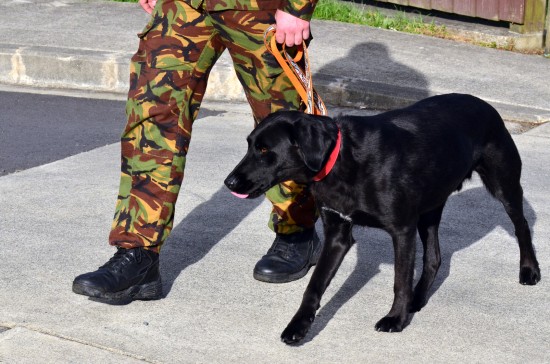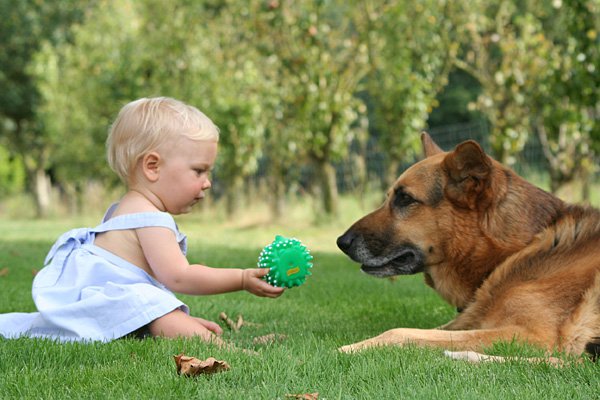
The most common form of mange in dogs is known as demodectic mange and is caused by microscopic mites that live in hair follicles. Dogs can also become infected by sarcoptic mange, which is more commonly referred to as "scabies", and this is a type of mite that burrows into the skin. Scabies is less common, though it differs in that dogs can transmit it to humans. It can be passed on by contact with your dog, after which the mites can live on the skin for a period of weeks while they cause itchiness and irritated skin. Dog scabies are unable to reproduce on humans, however, and these eventually clear up on their own without any treatment.
The conventional form of treatment for mange in dogs is rarely pretty, and it's arguably not all that effective. If a dog is badly affected by mange, quite often their hair will be completely shaved off and they will be painted or bathed with toxic chemical insecticide. Not only can this make your dog sick and worsen their health, it doesn't solve the underlying problem of a weakened immune system. One potential alternative to this is the use of natural health supplements that you can easily add to your dog's diet.
Some of the most effective ingredients in bolstering the immune system are zinc, Vitamin C and Vitamin E. Zinc can be given to your dog in tablet form or as crushed pumpkin seeds, whereas Vitamin C and Vitamin E should be provided in amounts of 250-1000 milligrams and 400-1600 IU respectively (depending on your dog's size). Adding such supplements to your dog's diet enables their body to help clear up the problem on its own in a natural fashion. Without a weak immune system to thrive on, the mites and bacteria will soon be driven out and the issue will clear up without the need for any harmful toxic chemicals.
In addition to using supplements to help your dog's body fight the underlying problem, there are a few natural ingredients you can use to ease the discomfort to their skin as well as help their external condition return to normal. This can be achieved by simply rubbing fresh lemon juice on the infected area, or in the presence of bacteria where there are pimples you should give them echinacea internally as well as externally by applying it with a warm towel and pressing it against the skin to help clear the infection. Lavender oil can also make a good natural ingredient for eliminating mange and should be painted onto the skin until the dog's hair has grown back.
For more information on mange in dogs visit HeartMyDog.com or visit this helpful video: http://youtu.be/GzdTnZzgmZo
 Need not be Expensive, but Have to be Protective
Need not be Expensive, but Have to be Protective
Need not be Expensive, but Have to be Protective
Need not be Expensive, but Have to be Protective
 How What You Feed Your Dog Can Affect Their Temperament And Personality
How What You Feed
How What You Feed Your Dog Can Affect Their Temperament And Personality
How What You Feed
 Health Issues More Commonly Seen In The Boston Terrier
Health Issues Mor
Health Issues More Commonly Seen In The Boston Terrier
Health Issues Mor
 Vintage Dogs - Dogs In The 1940s And 1950s
Vintage Dogs - Do
Vintage Dogs - Dogs In The 1940s And 1950s
Vintage Dogs - Do
 A Few Things that You Need to Know About Pet Vaccinations
A Few Things that You Need to Know About Pet Vaccinations
A Few Things that You Need to Know About Pet Vaccinations
A Few Things that You Need to Know About Pet Vaccinations
Copyright © 2005-2016 Pet Information All Rights Reserved
Contact us: www162date@outlook.com